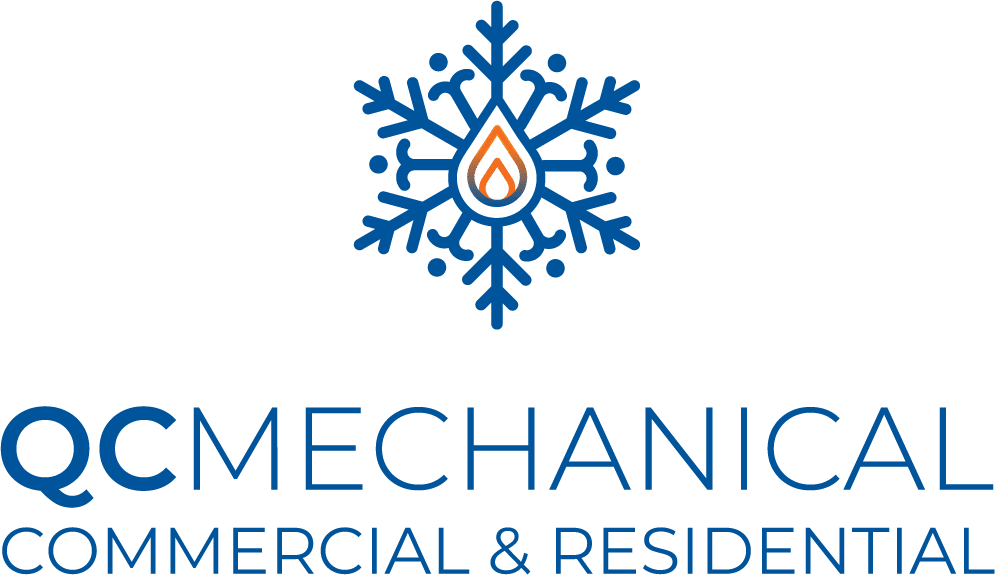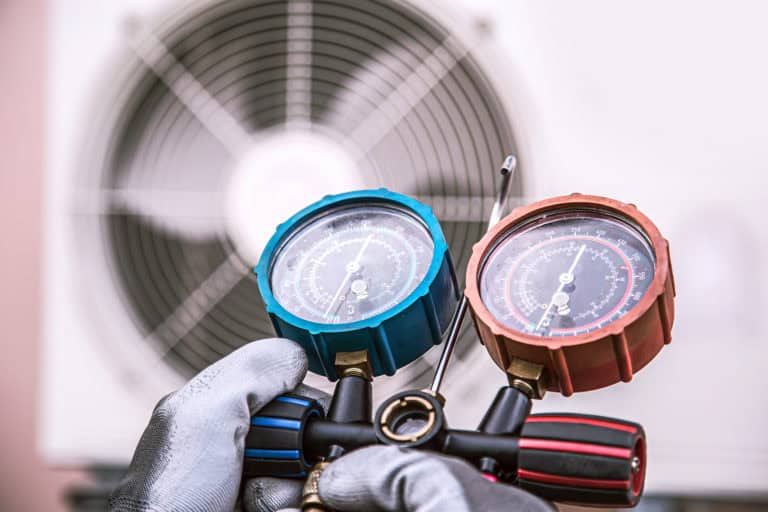As more homeowners aim for eco-friendly upgrades, R32 refrigerant is getting buzz in the HVAC world. It’s becoming the go-to choice, especially with regulations phasing out older refrigerants like R410A by 2025.
Why the shift?
R32 has a much lower Global Warming Potential (GWP) and is also more efficient at transferring heat. This dual benefit makes it an environmentally responsible and cost-effective choice for homes. So, if you’re thinking about upgrading your HVAC system, it’s a great time to explore what R32 offers.
What Does R32 Mean for Homeowners?
Transitioning to R32 refrigerants doesn’t just impact HVAC professionals; it matters for homeowners too. Here are some key areas where this new refrigerant makes a difference:
- Energy Efficiency and Cost Savings: One of the biggest perks of R32 refrigerant is its energy efficiency. Systems using R32 consume less energy to produce the same level of cooling as older systems. This can lead to significant savings on your utility bills over time.
- Environmental Benefits: With climate change on everyone’s minds, homeowners want to know how to make sustainable choices. R32 has a GWP of 675, which is significantly lower than R410A’s GWP of 2,088. This means that, should it ever leak, R32 has less impact on global warming.
- Future-Proofing Your System: Given that new HVAC installations after 2025 will require R32, investing in an R32-compatible system today means you’re future-proofing your home. Repair costs are also likely to remain lower since R32 will be readily available, unlike phased-out refrigerants.
Installation: Is R32 Right for My Home?
Switching to an R32-compatible system might seem daunting, but here’s what homeowners need to know:
- Safety Considerations: Although R32 is mildly flammable, modern HVAC systems are designed with enhanced safety features to minimize risks. Trained technicians know how to handle R32 safely, ensuring compliance with safety regulations.
- Installation Requirements: R32 systems require some updates in piping, fittings, and valves compared to older refrigerants. If you’re upgrading, work with an HVAC technician familiar with R32’s requirements.
- Space Constraints: While most homes can easily accommodate R32-compatible systems, if you’re in a smaller home or condo, talk to your technician about the best unit for your space.
How Does R32 Impact HVAC System Maintenance?
If you’ve invested in an R32 system, keeping up with maintenance is crucial to maximize its lifespan and efficiency. Here are some tips:
- Regular Filter Changes: Clean filters make a big difference in how well your system operates, helping R32 do its job efficiently.
- Professional Inspections: Schedule professional HVAC maintenance at least twice a year to ensure that the refrigerant levels are stable and that there are no leaks. R32’s efficiency can drop if the system isn’t properly sealed, leading to energy losses.
- Coil Cleaning: Dirty coils reduce the efficiency of heat transfer, making your system work harder. Regular cleaning keeps your system operating smoothly.
R32 vs. R410A: Key Differences
With R32 on the rise, you might wonder how it compares to its predecessor, R410A. Here’s a quick comparison to help you understand the shift:
- Energy Efficiency: R32 requires less energy to transfer heat, which means it’s more efficient and can cut down on your monthly bills.
- Lower Environmental Impact: With a GWP of 675 compared to R410A’s 2,088, R32 is less harmful to the environment, making it a great choice for eco-conscious homeowners.
- Cost of Repair and Maintenance: As R410A phases out, it will become more costly and harder to find. R32 will soon be the industry standard, meaning more affordable maintenance and repair.
Financial Incentives for Going Green
Switching to an R32 system might come with upfront costs, but there are financial benefits. Homeowners can take advantage of rebates, incentives, and tax deductions aimed at promoting green energy use. Check with your local energy providers or government programs to see what’s available in your area. These incentives can make the transition smoother and more affordable, adding another reason to consider an R32 system.
Preparing Your Home for the Future
By 2025, R32 will be the go-to refrigerant, meaning most new systems will automatically feature it. Here’s how to prepare:
- Assess Your Current System: If your current HVAC is several years old or facing frequent issues, an upgrade to an R32-compatible system could save you money in the long run.
- Consult an HVAC Professional: Speak with a qualified HVAC technician who understands the ins and outs of R32 to get advice tailored to your home’s unique needs.
- Plan Ahead for Replacement Costs: If an upgrade is likely within the next few years, start planning your budget and researching systems. This can make the transition smoother and help you find the best deals.
Conclusion: Embracing the Future with R32
Switching to R32 refrigerant is a big change for homeowners and the HVAC industry, but it’s a positive step toward a more sustainable and cost-effective future. R32’s benefits—from lower energy bills to reduced environmental impact—make it an excellent choice for homeowners looking to upgrade or replace their current systems. Whether you’re passionate about reducing your carbon footprint or simply looking to save money on utilities, an R32 system might be the right choice for you.



